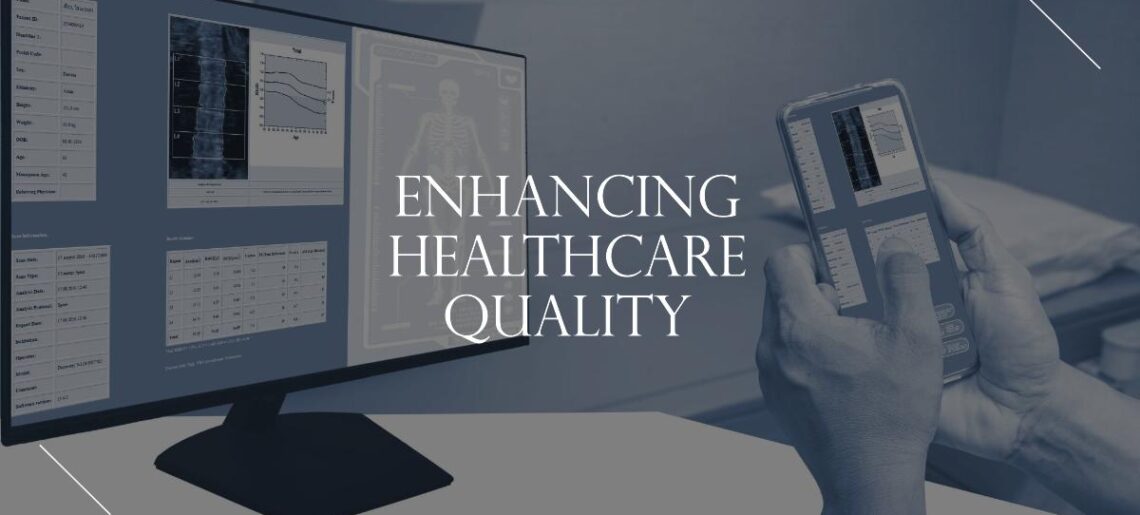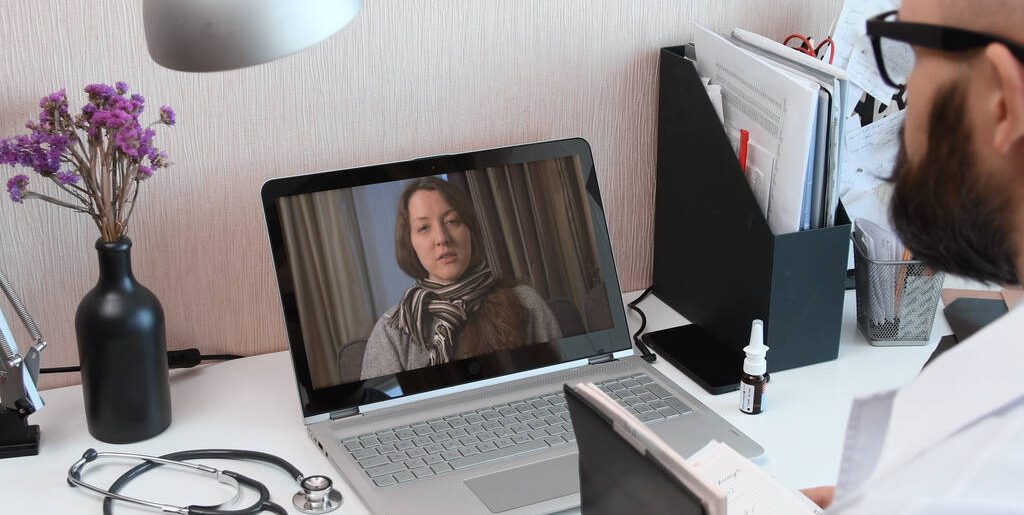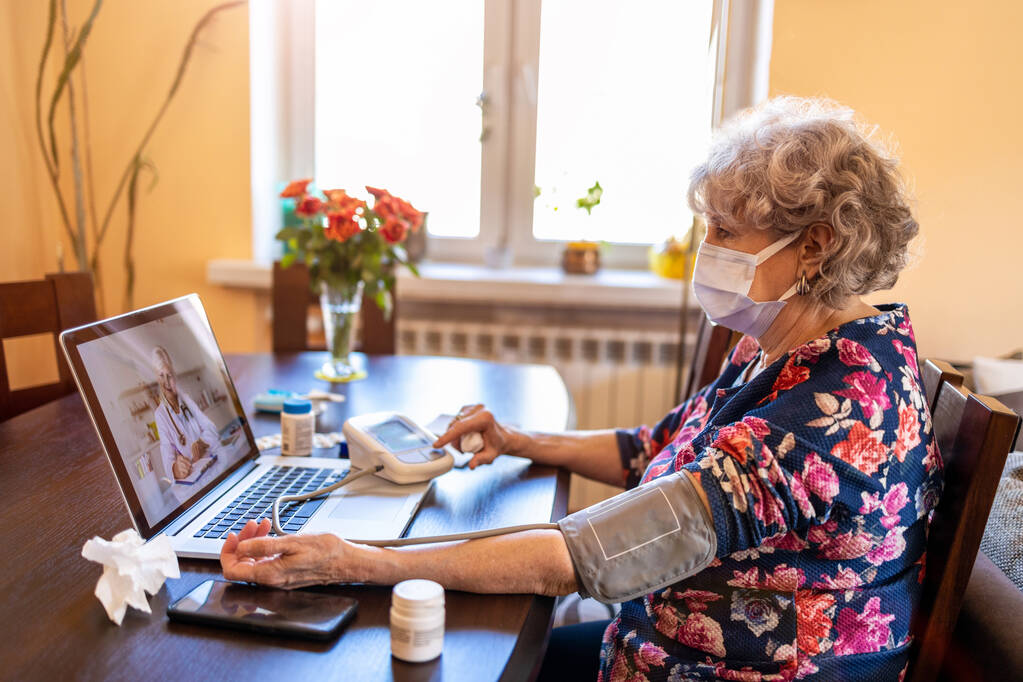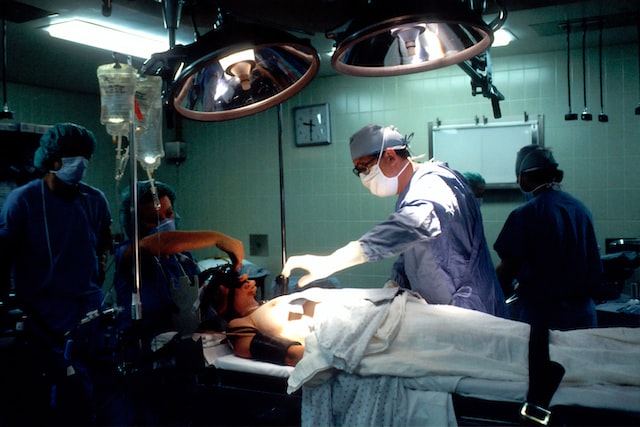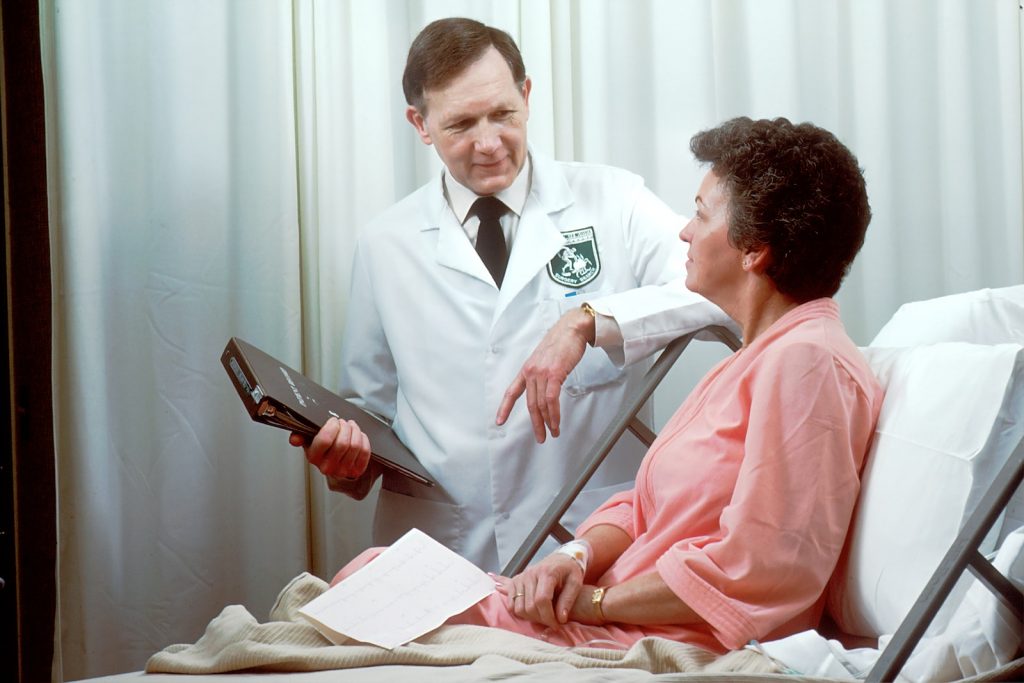Every healthcare organization should implement quality management software, as it greatly enhances patient safety and care outcomes. You can identify risks before they impact patients by automating workflows and conducting real-time analytics. It also streamlines operations to reduce administrative burdens while improving compliance with regulations like HIPAA. You institute standardized protocols for ongoing quality improvement and foster a culture of accountability among staff. Besides, advanced technologies contribute to the optimization of resource use and cost reduction. In the end, such integration places your organization in a position for long-term success in a competitive environment, opening ways to explore how these tools can make your operations better.
Improvement of Patient Safety
In today’s complex healthcare landscape, enhancing patient safety is paramount for organizations endeavoring to provide the highest quality care. Quality management software plays an essential role in this endeavor by automating workflows for peer review and ongoing evaluations, allowing you to identify quality improvement opportunities more efficiently.
With efficient risk assessment, you are able to analyze current processes for the identification of possible threats to patient safety and take early mitigation measures against those risks. Cloud technology allows for real-time analytics that can significantly advance your monitoring and timely responsiveness to safety concerns. In addition, data-driven decisions underpinned by scalable tracking of compliance may yield further insights to improve patient safety protocols.
Structured event management systems support transparent, nonpunitive reporting, which fosters participation in safety initiatives throughout your organization. This open culture not only minimizes preventable errors but also drives continuous quality improvement through evidence-based solutions.
Standardization of processes prevents medication errors and infections and aligns you with regulatory standards to avoid noncompliance.
Furthermore, quality management software improves data accuracy and ultimately enhances user productivity and patient satisfaction. It monitors and evaluates the effectiveness of safety improvement actions to ensure your continued commitment to a patient-centered approach.
Operational Efficiency Improvement

While improving patient safety provides a sound foundation for quality care, increasing operational efficiency is equally crucial for healthcare organizations to thrive in today’s competitive environment. Quality management software can help achieve this much-needed efficiency through workflow optimization and process automation. You will significantly reduce administrative burdens by automating repetitive tasks such as data entry and reporting, freeing your staff to attend to patient care.
In addition, streamlined documentation processes eliminate unnecessary paperwork and delays that could reduce the effective use of resources. Standardization of both clinical and administrative processes reduces errors and enhances overall productivity. This leads to cost reductions by minimizing waste and optimizing resource use. The implementation of a systematic approach also fosters a quality culture that permeates through all levels of service delivery.
You can create an environment of high standards through constant monitoring and data collection, which is very important in ensuring operational excellence.
Real-time analytics from the quality management software allow you to make informed, data-driven decisions. You will have the ability to rapidly identify areas for improvement and further enhance operational efficiency, with resultant benefits for patient outcomes.
Ensuring Regulatory Compliance
Regulatory compliance is one thing that an organization strives so hard to achieve, maintaining quality standards in care. Quality management software simplifies this process by automating tracking and reporting, streamlining the management of compliance.
Continuous monitoring will simplify compliance audits and reduce the chances of being non-compliant. You also ensure adherence to critical regulatory frameworks, such as HIPAA and HITECH. The real-time monitoring and analysis of data enabled by the software facilitates quick responses to compliance requirements. It provides effective compliance risk management through the automation of tasks and tracking. This could help keep all data safer from breach through its storage and transmission. The Central Data Management for the facilitation of patient access and its management allows more fluent implementation of all compliance requirements. Advanced security of sensitive patient data is realized through data encryption in rest or transit. Governance & Security are highly applicable in terms of protection against cyber threats leading to breaches of compliances. These tools make continuous compliance improvement possible, as they provide for periodic reviews of regulations and management of complex training requirements. This integration provides your organization with up-to-date information on regulatory changes, enabling it to stay in continuous compliance without the burden of updating manually.
In the end, quality management software helps your organization avoid the threat of penalties while establishing a culture of compliance that improves the overall integrity of the operation.
Improvement in Patient Care Outcomes

Quality management software plays a vital role in improving the outcomes of patient care by equipping healthcare organizations with the tools to track and improve care delivery. You will be able to significantly reduce adverse events while assuring that all best practices are followed by continuous tracking of key safety indicators and patient care metrics. This software identifies possible risks in healthcare processes, enabling you to take remedial measures before they affect patient safety.
Besides, it simplifies care coordination by consolidating patient information, which in turn enhances collaboration among caregivers. This improved communication not only reduces disorganization but also boosts patient engagement, ensuring that patients feel involved in their care. Effective care coordination is about making sure all members of the healthcare team are on the same page regarding the approach to managing the patient. The implementation of a QMS facilitates continuous improvement in healthcare practices, ensuring responsiveness of your organization to patient needs.
With features supporting personalized medicine, you can offer personalized treatment plans for better patient outcomes. It frees up resources through automation of administrative tasks, so your team can focus on what matters most: patient care. Real-time data analytics put you in a position where you have actionable insights into your clinical operations and can make truly informed, data-driven decisions.
Leveraging Advanced Technologies
In the modern world of fast-moving healthcare, advanced technologies are needed to ensure that operational efficiency and patient safety are maintained at the highest level. AI integration and machine learning enable you to automate workflows, reducing manual tasks and potential errors significantly. This automation of workflows will not only smoothen the processes but also increase clinical efficiency, enabling your team to concentrate on patient care rather than administrative burdens. Adding to this, improved imaging accuracy from AI integration is directly related to better patient outcomes, hence further increasing the need to implement these technologies. Moreover, IT infrastructure is required to deploy recent technologies.
Predictive modeling and data analytics provide valuable insights, enabling you to anticipate and mitigate risks before they escalate. With digital transformation in mind, adopting robust IT infrastructures allows for seamless implementation of these technologies, facilitating real-time data access through Electronic Health Records (EHRs).
Moreover, innovation strategies that involve the integration of telehealth expand access to care, especially for remote consultations. Standardized processes established by technology not only improve patient safety but also foster a culture of continuous improvement.
Standardization of Quality Protocols
Standardization of quality protocols significantly allows any organization to improve patient safety and operational efficiency. You design and build guidelines that correspond with organizational goals and needs at protocol development. Minimizing variability in care due to standardized protocols reduces the chances of errors, and thus treatment is always offered at a high-quality level; this is directly related to improving patient safety. Moreover, standardization in patient safety is associated with better patient outcomes and tackles high-risk areas in health care. It also results in fewer medical errors and adverse events at the point of care.
Furthermore, efficient training strategies should be employed for successful implementation. Complete training ensures that all healthcare providers are fully aware of and follow these guidelines, hence promoting clear communication with minimal misunderstandings. Smoothening the processes will not only facilitate proper use of resources but also avoid unnecessary tests and treatments, thereby saving time and reducing costs while increasing patient satisfaction.
These standardized protocols have to be sustained through routine audits and systematic measurement. This way, you achieve continuous improvement in which the evaluation and refinement of the care processes are done periodically. The eventual outcome is a healthcare setting that has more consistent outcomes, fewer complications, and better quality of documentation.
Data-Driven Decision Making
Standardization of quality protocols provides a foundation for data-driven decision making in healthcare organizations. You can enhance personalized medicine through data analytics by personalizing treatment plans to the specific genetic and individual needs of your patients. Predictive modeling can help you identify potential health issues early, allowing for timely interventions that can make a great difference in patient outcomes. Moreover, early disease detection through advanced technologies like AI will significantly enhance your predictive modeling capability. Furthermore, patient data analysis reduces the admission rate by predicting the patients who can develop complications after surgery. This proactive approach not only enhances your patient care but also enables you to make informed decisions to drive efficiency in your clinical operations.
Data-driven decisions are crucial for operational efficiency to ensure standardized care is delivered as per protocols consistently across diverse healthcare environments. By optimizing staff scheduling and managing inventory based on real-time data, you ensure that resources will be put to work effectively with minimal waste and lower costs. Automating reporting with the help of quality management software reduces the administrative burden on healthcare professionals so that they can focus on providing care to their patients. By embracing data-influenced decision making, you empower yourself with the power of analytics for better outcomes in patient care and more efficient performance across the healthcare spectrum.
Continuous Quality Improvement
CQI provides a foundation for the betterment of patient care and operational efficiencies within healthcare organizations. Using a systematic process, you will be able to identify and analyze processes for data-driven decisions with a patient-centered concentration. This cycle of ongoing improvement will engage you and your team in constant assessment and refinement of practices to promote a culture of team collaboration.
Effective CQI is based on trust and communication among team members, which enables everyone to take responsibility for their role. When everyone is involved, you will notice a tremendous impact on error reduction, not only in staff efficiency but also in patient outcomes. Continuous evaluation is necessary to ensure the improvements made are effective and can be sustained. Application of an Integrated Quality Management System ensures quality standards and compliance of your organization in all its processes.
The implementation of CQI principles streamlines operations, reduces waste, and improves performance. You can also, if you want, remove variability with models such as Lean and Six Sigma and find opportunities for improvement.
This way, with clinically driven priorities, it will ensure that your efforts are channeled toward the betterment of patient services, rather than cost-cutting. Essentially, by investing in CQI, you are not merely meeting the requirements; you’re creating an environment in which quality thrives, nurturing accountability and morale among your staff.
Conclusion
In the modern health care environment, quality management software is not a nicety; it’s a necessity. Picture this: You are seamlessly integrating patient safety initiatives with operational efficiencies, and you’re doing so with complete regulatory compliance. This will help you not only improve patient care outcomes but also leverage advanced technologies for data-driven decision-making. As you standardize the quality protocols and move on to embrace continuous improvement, it becomes quite natural to achieve cost optimization. Embracing this software can transform your organization, ultimately leading to a healthier future for all.

